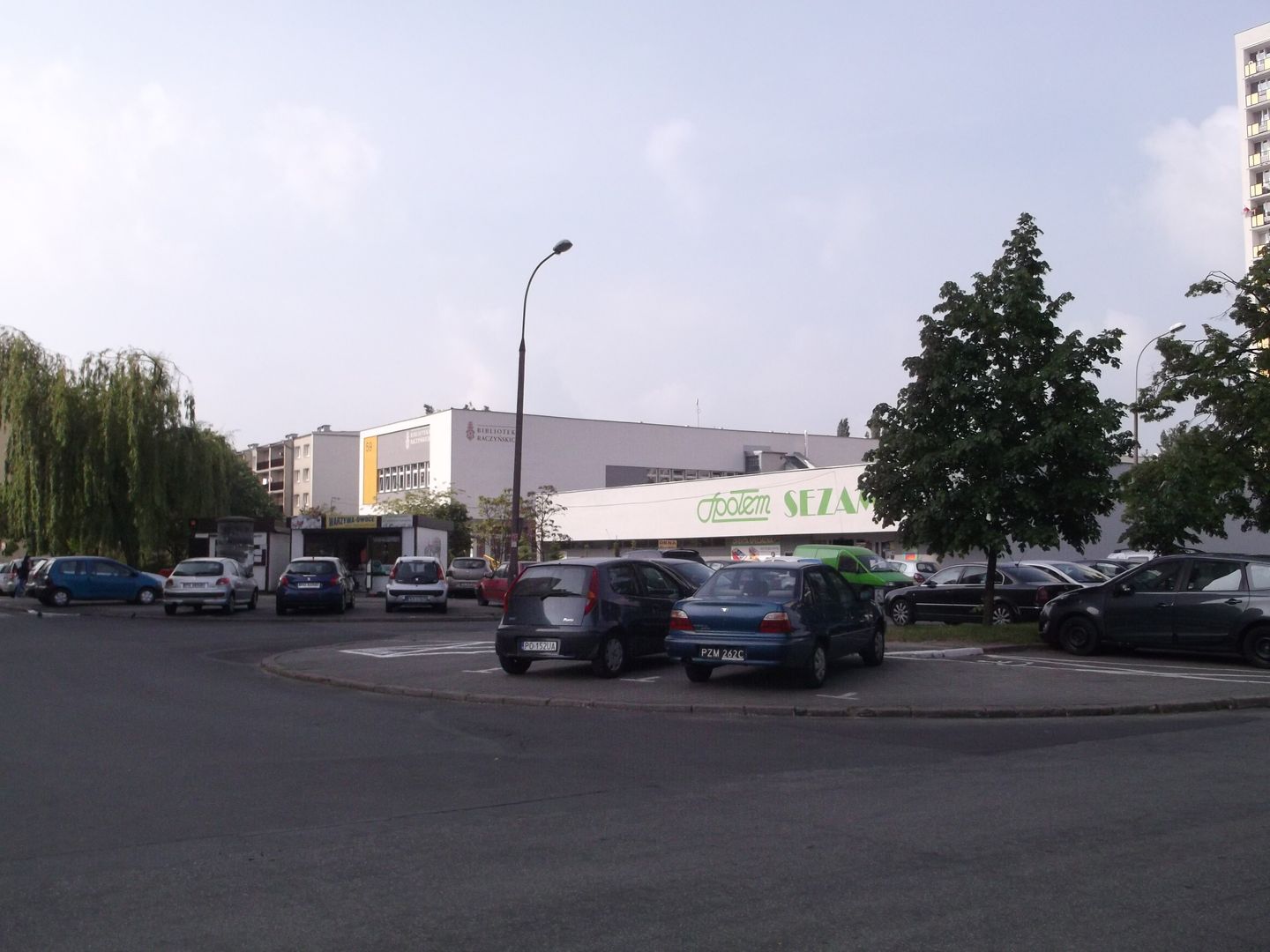Raczyński Library in Poznań
6.8

Overview
The Raczyński Library, founded in 1829 in Poznań, is one of the oldest and most important public municipal libraries in Poland. Its building, designed in the neoclassical style, is modeled on the Louvre in Paris, featuring distinctive cast-iron Corinthian columns and a loggia adorned with stucco ornaments. In 2013, after years of reconstruction and modernization, the library’s new building was opened, expanding its total area to 11,000 m². It is worth emphasizing that both the historic and modern buildings serve cultural functions, hosting meetings, workshops, and concerts. The library holds immense cultural significance for the city, offering diverse collections and organizing literary events. Historically, it was the first public library in the Prussian Partition of Poland, and its statute emphasized the acquisition of books that would be of interest to Polish youth. During World War II, thanks to the efforts of director Józef Raczyński, part of the collection was saved from destruction. After the war, the library resumed operations in 1951, with reconstruction continuing into the 1950s. Today, the Raczyński Library operates a network of over 30 branches and literary museums, providing residents of Poznań with easy access to literature. In 2022, an innovative solution was introduced, allowing books to be borrowed via book-dispensing machines. An interesting fact is that the library’s collections also grow thanks to a law enacted by Frederick William III, which required publishers to provide one copy of each new publication. The Raczyński Library is not only a place for storing books but also an important cultural and educational center in Poznań, with a rich history and a dynamic offering.
Location
Tickets
Powered by GetYourGuide
2025 Wizytor | All Rights Reserved